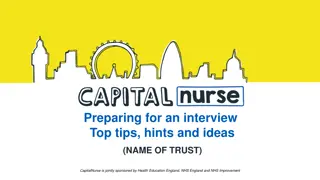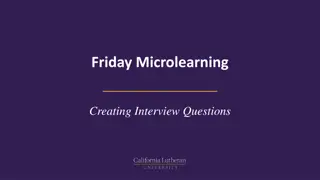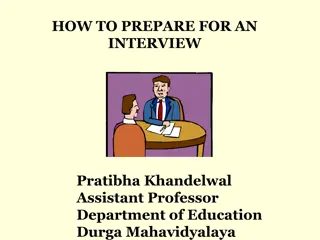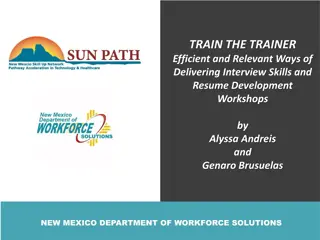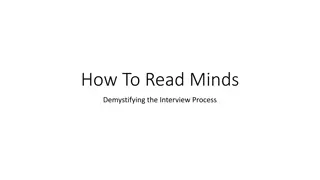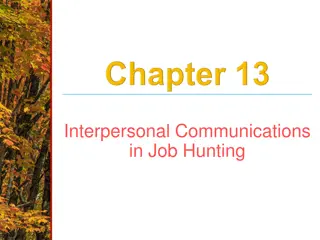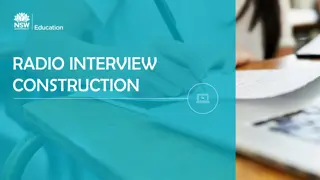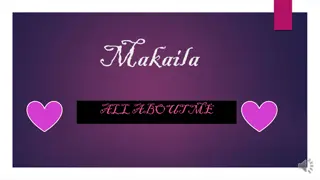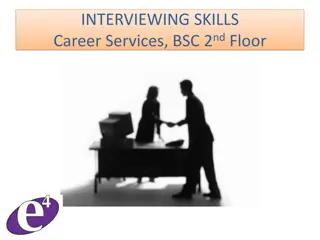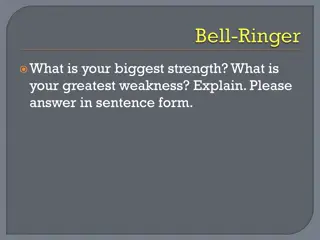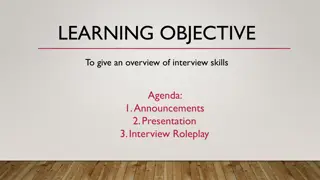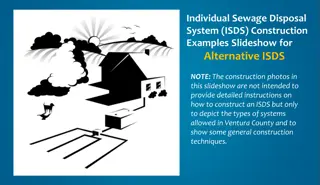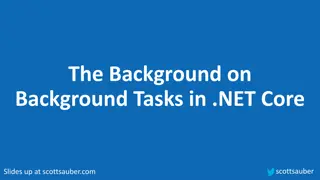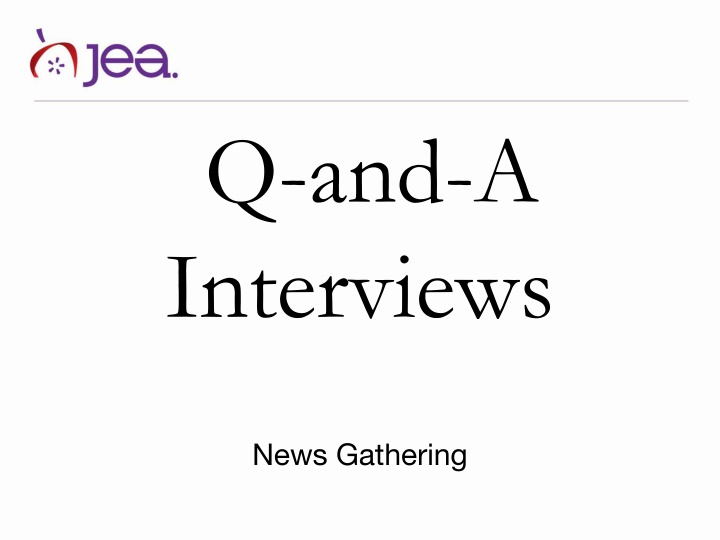
Mastering Q-and-A Interviews: Formats, Types, and Examples
Learn about the Q-and-A interview format, its variations, and where you can find them in print, on television, or on the radio. Explore different types of Q-and-As, from hard news to soft news, and get tips on conducting effective Q-and-A interviews through research, planning, and structuring. Dive into examples of hard news and soft news Q-and-As to understand the nuances of each type.
Download Presentation

Please find below an Image/Link to download the presentation.
The content on the website is provided AS IS for your information and personal use only. It may not be sold, licensed, or shared on other websites without obtaining consent from the author. If you encounter any issues during the download, it is possible that the publisher has removed the file from their server.
You are allowed to download the files provided on this website for personal or commercial use, subject to the condition that they are used lawfully. All files are the property of their respective owners.
The content on the website is provided AS IS for your information and personal use only. It may not be sold, licensed, or shared on other websites without obtaining consent from the author.
E N D
Presentation Transcript
Q-and-A Interviews News Gathering
Discussion What is a Q-and-A? How is it different than other formal interviews? Where would you find a Q-and-A in print? On television? On the radio?
Types of Q-and-As Hard news: Interviews related to current, up- to-the-minute events and issues Soft news: Interviews primarily for background information and human interest. Informational: The Q-and-A format is used to provide information on a topic. Usually, the reporter provides both the question and the answer, citing sources.
Basic format Open with a brief introduction to tell readers who is being interviewed and why the subject is interesting. Start with a strong question, focused on the topic of the interview. Quote answers verbatim, but don t be afraid to edit when the subject digresses. Be mindful of flow from one question to the next. Ask appropriate follow-up questions. Plan a strong closing question, too.
Research and planning To ask great questions, you need to know your subject AND the topic you are going to discuss. Research both the topic and the person before the interview. Plan interesting questions based on your research.
Hard news Q-and-A Addresses a current topic or issue, usually of a serious nature, but also in reaction to breaking news. Provides a first-hand perspective. Quotes a source at the center of the action or event. Is timely. Is usually short and narrowly focused.
Hard news Q-and-A examples The athlete who performs a significant action in a previous game. An administrator speaks on a recent rule change at school. A student affected by a recent rule change. A school or community member associated either geographically, culturally or biographically with a major news story.
Soft news Q-and-A Addresses human interest, trend or feature topics. Is less timely, although topics are current. May vary in the length. Allows for more planning to know the source and the topic prior to the interview.
Soft news Q-and-A examples A series of interviews with new teachers, asking variations of the same questions. Students who are prominent members of clubs and organizations. Students, teachers or administrators who have interesting hobbies, quirks, achievements or connections to celebrities.
Plan for flow Allow your Q-and-A to have a feel of storytelling. In other words, ask questions in a chronological order. Focus on the specifics of the topic. Avoid questions that are too general. Make sure you follow up on responses. Listen for interesting points and ask for elaboration.
When you transcribe Always provide a brief introduction to the Q- and-A that introduces the source. Set the questions and the responses apart typographically (questions usually in bold; responses in regular type). Use the formatting determined by your staff s style guide. Be aware of AP Style. Do not use quotation marks.
Example For the past three years senior Nicki Garanzini has been dressing up as an elf and handing out candy canes. When did you start dressing up as an elf? I don t think I did it during freshman year, but I definitely did it sophomore year. So it s been at least three years now. Why did you start dressing up like an elf? I like wearing costumes and it s also a great way to get people in the Christmas spirit right before break. What kind of candy canes do you hand out? I hand out candy canes to friends and people I ve worked with and each year they've been a different flavor. This year I have classic, Jolly Rancher, Wonka Spree, and cherry rainbow candy canes. (Chris Marshall, online writer 2012-13, The South Lakes Sentinel, South Lakes High School, Reston, Virginia)
Check out more examples Find three Q-and-A interviews published in professional publications or websites, or recorded and posted online. Choose a variety of formats or media. Look at how the Q-and-A is formatted, how the interview begins, how it flows (look for conversational tone) and how it concludes.
Assignment 1. List: 1. Publication or network that produced the Q-and-A. 2. Name of interviewer. 3. Name of subject. 4. Topic of the interview 2. Compare and contrast live interviews (audio and video) and a printed interview. 3. Evaluate one of the interviews. Is there an effective exchange of questions and answers? Does the interviewer succeed in gathering news of interest and importance?
Creating a Q-and-A section If your publication is online, consider making a section that allows for regular Q-and-A interviews. This is a great way to maximize student coverage, utilize audio and video, and expand story coverage. Create a staff schedule so that you add a Q-and- A at least once a week.

